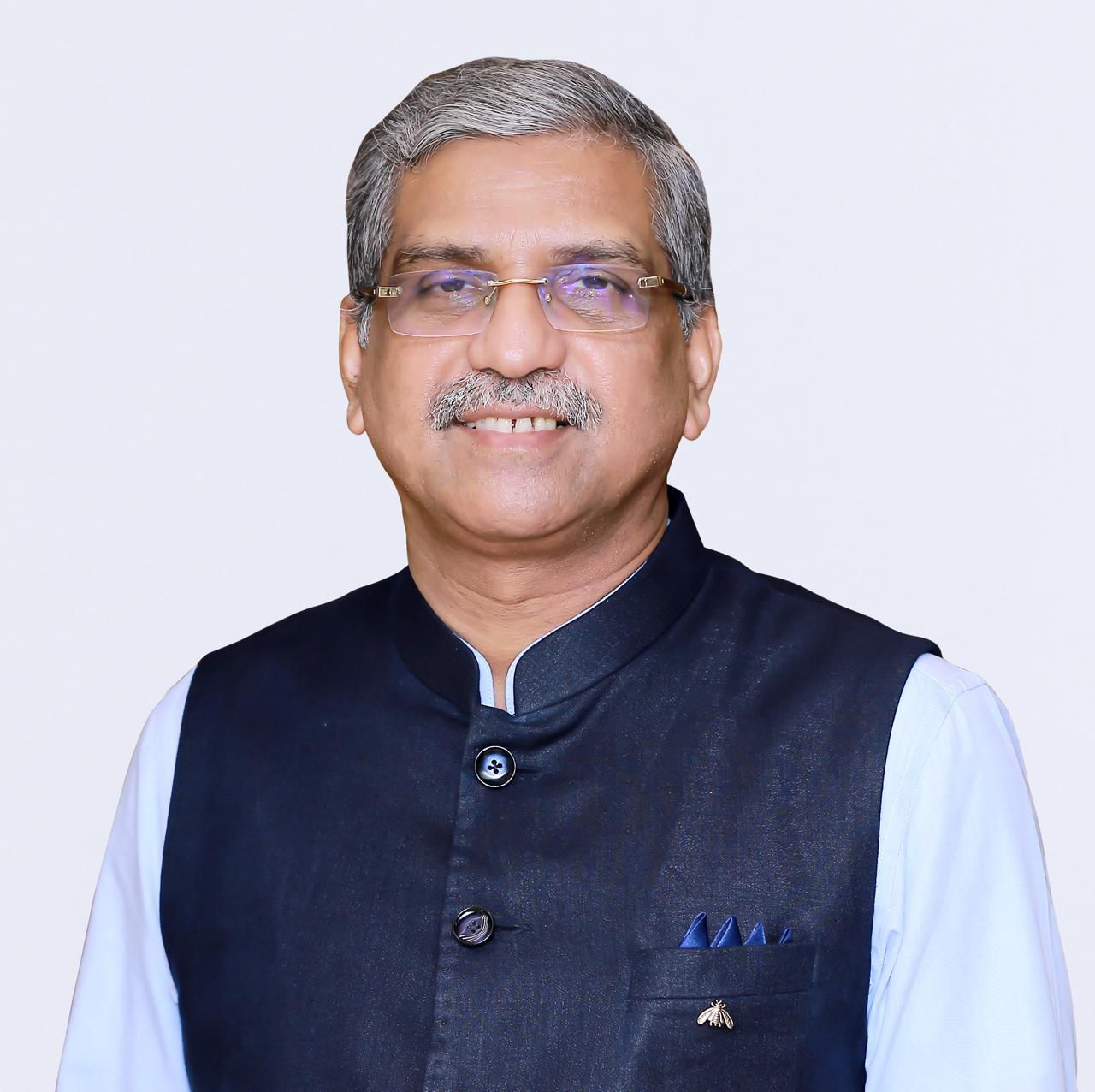Uttam Tibrewal, Executive Director & Deputy CEO, AU SFB: Governor's commentary to allow banks sufficient time to adapt to new regulations, such as the Liquidity Coverage Ratio (LCR) and Project finance, will go a long way in smoothening the transitional impacts and is a step in the right direction.”


Uttam Tibrewal, Executive Director & Dy CEO, AU SFB:

Mr. Indranil Pan, Chief Economist, YES BANK

K Paul Thomas, MD & CEO, ESAF Small Finance Bank:
FinTech BizNews Service
Mumbai, February 7, 2025: Sanjay Malhotra, Governor, Reserve Bank of India, announced the decisions of the MPC on Friday. A number of bankers have positively responded to the measures announced by the RBI Governor:
Mr. CS Setty, Chairman, SBI:
“The RBI decision to start the easing cycle with a 25-bps cut was timely, contextual and also well communicated with respect to regulatory changes in transition to ensure a seamless and non-disruptive manner. The RBI growth and inflation forecasts for FY26 clearly shows the delicate tradeoff between growth and inflation. The regulatory announcement on forward contract, reviewing trade settling cycle and addressing cyber security in banks and payment systems will ensure better price discovery, more broad basing of participants and ensuring trust in digital banking.”
Uttam Tibrewal, Executive Director & Dy CEO, AU SFB:
“As a Bank, we see the start of the rate cut cycle with today’s 25-basis point (bps) policy rate cut as a very welcome step from the regulator to support growth. The RBI Governor's maiden speech, indicated his preference to revive growth under the flexible inflation targeting framework, paving the way for potential further easing. Amidst global uncertainty and volatility, this policy rate cut will support incremental growth momentum, complementing the government's decision to ease income tax rules and boost consumption in the Union Budget 2025-2026. Governor's commentary to allow banks sufficient time to adapt to new regulations, such as the Liquidity Coverage Ratio (LCR) and Project finance, will go a long way in smoothening the transitional impacts and is a step in the right direction.”
K Paul Thomas, MD & CEO, ESAF Small Finance Bank:
The RBI's decision to cut the repo rate to 6.25% is a welcome move, complementing the Union Budget’s focus on economic growth and financial empowerment. The increase in the income tax exemption limit further strengthens this outlook by boosting disposable income, especially for middle- and lower-income segments. Such policy measures play a crucial role in shaping the financial ecosystem, strengthening rural credit, controlling inflation and promoting inclusive banking. As a bank deeply committed to empowering underserved communities, we see this as an opportunity to enhance liquidity, support entrepreneurial growth, and strengthen financial inclusion—aligning with the government's broader vision for sustainable and inclusive development.
Mr. Indranil Pan, Chief Economist, YES BANK:
The MPC chose to bite the bullet and cut the repo rate by 25 bps as inflation is trending down while growth is expected to recover but remains lower than the last year. However, the RBI decided to stick to its “neutral” stance, acknowledging that the global atmosphere remains uncertain due to evolving new dimensions of global trade policy and repeated weather events. As the governor indicated, the MPC will have to be stay watchful of these risks and remain flexible to change course if need be. We think that the RBI will carry through with further rate cuts in April and thereafter. However, this rate cutting cycle may be shallow. Importantly, a study by the RBI had indicated that the ideal real interest rate for the economy should be 140-190 bps. Given that there is now expectation for the economy growth to stabilize, we think that the RBI could be happy at keeping the real interest rate at around 150-160 bps. With inflation forecast for FY26 at 4.2%, a 150-bps real rate means that the repo rate can go down to 5.75%. Thus, my base case is for the terminal repo rate at 5.75% (another 50 bps cut from here on) and in the event that the RBI would want to make an insurance cut, the terminal rate can at best be at 5.50% (75 bps from here on).